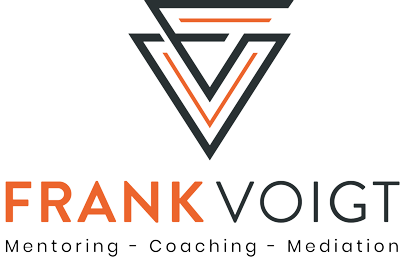Do you know this expression? Have you heard this expression more often in the last few months? The expression: “It’s getting too close for comfort” is currently often used by people who want to announce that COVID-19 is now spreading amongst those close to them, and that their immediate risk of infection is increasing.
Danger becomes a threat
Perhaps this phrase was coined in wartime. As the enemy troops moved ever closer to the own army. Their weapons came into range. In other words, the obvious danger became a direct threat.
I haven’t taken the time to research the precise origin. Why? Because it’s not important. I believe that you know what this expression means to you.
Stress becomes overwhelming
This blog post is not about the current pandemic. It’s about a topic that’s important to me personally, based on my own experience. And that keeps catching up with me in my personal environment – especially right now. Burnout… when the stress becomes permanently overwhelming.
Overwhelming stress becomes part of daily life
What’s it like in your job? In your business? In your personal life? For you? For your employees? You constantly work at full throttle. You solve one crisis after another. A constant stream of new orders leaves you no time to catch your breath. For months, you have been trying to get a bit more peace and quiet in your job. But it doesn’t work.
Do you still perceive your overwhelming stress as what it is, or has it already become part of your daily life?
Duty to take action
Permanent overwhelming stress can not only cause burnout for individual employees. If overwhelming stress becomes part of daily life, it affects entire departments or entire business units over the long term.
Not immediately, that would be too simple. The process is gradual, slowly creeping up on you, and can drag on for years. Eventually, everything comes crashing down. So-called top performers or key players are suddenly absent due to illness. Or the top performers and key players resign, one after another. What do you do in such a situation?
As a manager and businessperson, you have a duty to take action. Take a close look at what’s really happening. Either directly with you personally. Due to your own overwhelming stress. Or with the workload of your employees. What is their behaviour like? Their response to tasks? Their interaction with each other?
Acting instead of reacting
I know that burnout, depression and psychosomatic stress disorders are unpleasant topics. We prefer to hide them or sweep them under the carpet. But they form part of our high-performance society.
The essential key to addressing such topics is the right information. Do you know what happens in the run-up to burnout? Which behaviour of yours causes which reactions in your body? How you can positively counteract overwhelming stress? What the early warning signs are and how you can recognise them? This is all not rocket science, but nevertheless it is enormously useful to know.
Save at least €400 to €600 per employee per year.
Do you know what costs a business incurs per day of sick leave? I’ll tell you.
According to the German Federal Employment Agency, the costs range between €400 and €600 per day of sick leave, depending on the sector.
To make this all a bit more tangible, here is an example:
Suppose your business has 500 employees. On average, every employee is off sick for 4 days a year. This means your business can incur between €800,000 and €1,200,000 in downtime costs, due to employees being on sick leave.
Have you ever considered carrying out a comprehensive “burnout prevention” plan in your business (specific information on burnout, the human neural diagram, personality type-based management and communication, neurofeedback and biofeedback for absolutely individual resilience training, etc.)?
Between us:
What are one, two or even five days of consulting fees compared to the above-mentioned downtime costs?
Now back to your business using the previous example:
Imagine that this business succeeds in reducing the sick leave by “only” one day per employee per year. This means an annual saving in downtime costs of €200,000 to €300,000.
If you want to learn more about a burnout prevention programme that…
- is developed by businesspeople and managers for businesspeople and managers
- combines self-development and business development tools
- includes an extraordinary combination of coaching tools, profiling, biofeedback and neurofeedback along with personal support
- provides proof that top performance in all areas does not have to make people ill
- was developed by those who have been affected, for those who want to never be affected.
… then let’s talk.
I look forward to meeting you!
Until then, stay healthy!
Frank Voigt

